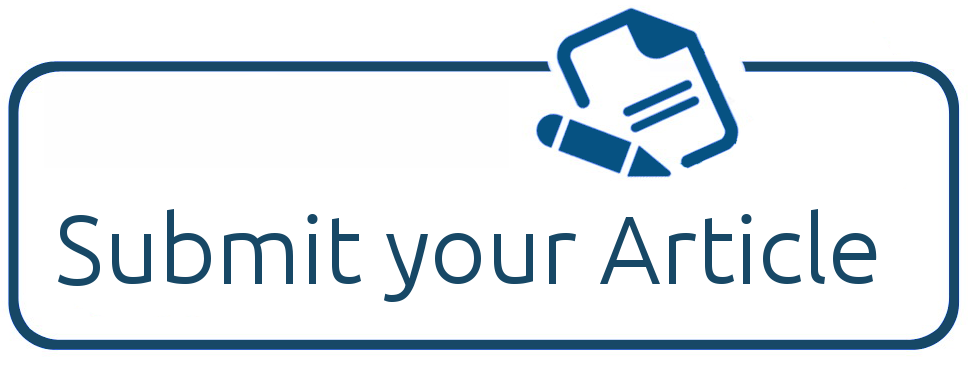The Impact of National Culture on the E-Government Readiness
Survey
DOI:
https://doi.org/10.58963/qausrj.v1i4.88Keywords:
e-government , e-readiness , national cultureAbstract
Many studies are exploring fundamental factors of e- government including national cultures of information and communication technology adoption that have been carried out (Kovačić, 2005). While there seems to be substantial growth in the development of e-government initiative, it is not clear that citizen will embrace the use of such services (Carter, et. al. 2003). If countries are going to plan success in the e-government project, they must effectively manage the complex multidimensional process of building citizen trust (Allen et. al. 2004, Al-Omari, et. al. 2006). This research is an e-readiness survey about the impact culture impact culture on e-government readiness. The purpose of this study is to review some academic publications based on the impact of the national culture on e- government readiness, and conclude their results to come out with unified view if possible.
Downloads
References
Aita S. (2006), Economic and Social Commission for Western Asia Workshop on ICT Policy Making in ESCWA Member Countries, 2-4 May, Beirut, Lebanon. Available via www.escwa.org.lb/wsis/meetings/2-4may06/participants.pdf
L-Adawi Z., Yousofzai S. Pallister J.(2005), Conceptual Model of Citizen Adoption of e-Government, The Second International Conference on Innovations in Information Technology, 26-28 September, Dubai, United Arab Emirates. Available via
http://www.it-innovations.ae/iit005/proceedings/articles/G 6 IIT05-Al-Adawi.pdf
Allen J., Merrill W. (2004), The Online Consumer Trust Construct: A Web Merchant Practitioner Perspective, Proceedings of the 7th Annual Conference of the Southern Association for Information System, 27-28 Febraury Savannah, Georgia, US.. Available via http://sais.aisnet.org/2004/.%5CJohnston%20&%20Warkentin.pdf
Al-Omari H., Al-Omari A. (2006) Building an e-Government e- Trust Infrastructure American Journal of Applied Sciences vol.3 no.11 pp. 2122-2130 Available via www.scipub.org/fulltext/ajas/ajas3112122-2130.pdf
Benson-Armer, R., Hsieh, Y. (1997) Teamwork Across Time and Space, The McKinsey Quarterly, Autumn, vol.4 pp.18-27 Available via proceedings.informingscience.org/InSITE2007/IISITv4p431-443 Merch303.pdf
Budhiraja R., Sachdeva S.(2002) e-Readiness Assessment, White Paper (India) Available via http://unpan1.un.org/intradoc/groups/public/documents/APCITY/UN PAN014673.pdf or via: http://www.mit.gov.in.
Carter S. (1997) Global Agricultural Marketing Management, FAO Regional Office for Africa. Available via http://www.fao.org/docrep/W5973E/w5973e07.htm 8. Carter L., Belanger F.(2003) The Influence of Perceived
Characteristics of Innovating on e-Government Adoption, Electronic Journal of e-Government vol. 2 no. 1 Available via pp. 11-20. www.ejeg.com/volume-2/volume2-issue-1/v2-il-art2-carter.pdf
Choucri N.,Maugis V., Madnick S., Siegel M. (2003) Global e- Readiness for What?, Report of the Group for Globalization of e- Business, Center for eBusiness at MIT, Sloan School of Management Available via www.ebusiness.mit.edu/research/papers/177 Choucri G LOBAL CREADINESS.pdf
Cooper R., Markus L. (1995) Human Reengineering, Sloan Management Review.
Docktor R. (2007) Accelerating e-Government e-Readiness at Work , McConnell International.
E-government Objectives,(2007) e-Government (networking government in new Zealand) website .
GeoSINC International (2002), e-Readiness Guide .
Global Business Dialogue on Electronic Commerce (GBDE), (2007) .
Harrison R. (1979) Understanding your organization's character. In Harvard Business Review on Management. New York: Harper & Row.
Heeks R. (2004) E-Government for Development, Basic Definitions Page IDPM, University of Manchester, UK.
History of e-Government (2007).
Kortemann M. (2005) Cultural Background and Technology Acceptance: Evaluation of ICT projects that bridge the digital divide. pp. 151-158 .
Kovačić Z. (2005) The Impact of National Culture on Worldwide e-Government Readiness Informing Science Journal Vol. 8 pp. 143-158 .
McConnell International (2001) .
Merchant S. (2007) Exploring the Influence of Cultural Values on the Acceptance of Information Technology: An Application of the Technology Acceptance Model, Informing Science and Information Technology Vol.4 .
Northampton shire County Council (2006), e-Government.
OECD(Organization for Economic Co-operation and Development) (2003) The Case of e-Government: Experts from the OECD Report "The E-government Imperative" OECD Journal on Budgeting Vol.3 no.1 pp. 62-96 .
Pacific Council on International Policy (2007), e-Government from a User's Perspective .
Pair, M. (2002) Cross B Cultural Arbitration ILSA Journal of International and Comparative Law, Vol. 9 no.1 pp. 57-74.
Rogers E. (1995) The Diffusion of Innovation 4th ed, Free Press, New York, USA.
Strassman M. (2001) Objectives for e-Government Voxpolitics website .
Trompenaars F. (1993) Riding the Waves of Culture Understanding Cultural Diversity in Business, London: Brealy Publishing.
Wiktionary, (2007) .
World Bank website, (2002) A Definition of e-Government .
Downloads
Published
Issue
Section
Categories
License
Copyright (c) 2009 by the Author(s) mentioned in this article.

This work is licensed under a Creative Commons Attribution 4.0 International License.













